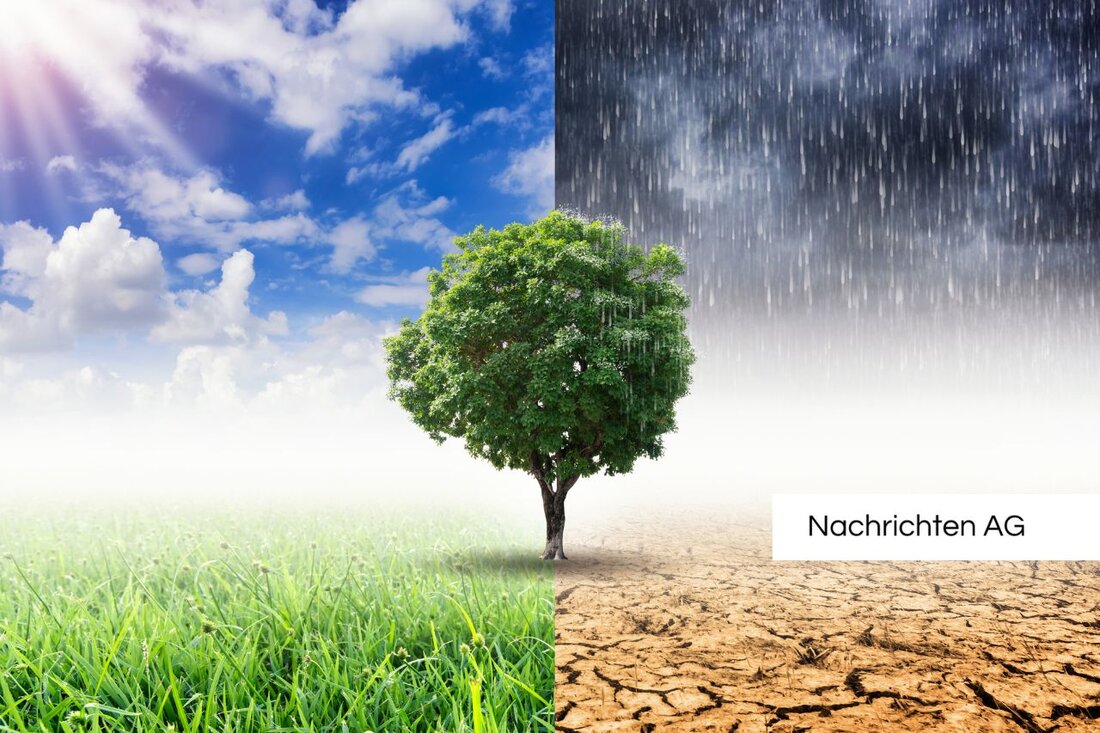Green hydrogen: 50% of EU projects will be discontinued!
On September 26, 2025, numerous EU projects on green hydrogen will be withdrawn due to high costs, while the industry is focusing on sustainable solutions.

Green hydrogen: 50% of EU projects will be discontinued!
Green hydrogen, a promising energy source of the future, is under pressure. According to recent reports, over 50% of projects in the EU that applied for government subsidies were withdrawn because the cost of producing green hydrogen was deemed too high. There was a particularly negative impact on some of the largest projects with an electrolyser capacity of almost 1.9 gigawatts, which were discontinued. These developments are not only a setback for plans to increase hydrogen production, but also highlight the difficulties that can arise in the transformation to more sustainable forms of energy. ökoNews reports that a final list of approved projects is expected by the end of 2023, with projects to be financially completed within 2.5 years and production to begin within five years.
Over 95% of the hydrogen used today comes from fossil sources and the need to replace fossil hydrogen with green hydrogen is essential to reduce climate-damaging impacts. The producer need for green hydrogen is increasing with the increasing use of “Power to X” technologies, which use renewable energies to produce hydrogen-based raw materials and energy sources. These technologies are particularly important for sectors where electrification is currently not possible, such as the chemical and steel industries, as KfW highlights.
Challenges and opportunities
However, the development and implementation of hydrogen technologies also brings challenges. It is estimated that the production of electricity-based feedstocks and fuels will require significant additional renewable electricity generation capacity. This is particularly complex because the area potential for the expansion of these renewable energies is limited in Europe and Germany. In the long term, it is expected that much of the required green hydrogen will have to be sourced from abroad.
Another important issue is the efficiency of hydrogen compared to the direct use of renewable electricity. Studies show that when using heat pumps with one kilowatt hour of renewable electricity, around 3.3 kilowatt hours of natural gas can be saved, while producing hydrogen can only save 0.6 kilowatt hours. Therefore, hydrogen is needed primarily as a fuel in gas power plants in order to secure electricity supply and balance out the fluctuating generation from renewable sources, as mentioned in an article by the Umweltbundesamt.
Future outlook
For the future of hydrogen in Germany, the federal government plans to install hydrogen electrolyzers with a capacity of 5 GW by 2030 to provide 14 terawatt hours of hydrogen. This electrolysis output is to be expanded to 5 GW by 2035, while the target for all of Europe is an electrolysis output of 40 GW by 2030. Different forms of hydrogen production, including green, gray, blue, pink, turquoise and white hydrogen, have different emissions and energy inputs. Green hydrogen is produced using electricity from renewable energies and has an energy efficiency of around 75%.
There is no question that hydrogen can play a key role in the future energy system in various applications, but direct use of renewable electricity should be prioritized wherever possible. This approach is crucial to achieving the desired climate goals and reducing dependence on fossil fuels.

 Suche
Suche
 Mein Konto
Mein Konto
